Building a Blueprint for a Better Bus Network
Metrobus is a critical part of the region’s transit system. It can be better, stronger, faster, and more efficient than it is today. Here’s how.
As described in previous posts, Metrobus is due for a regional service update to better reflect its many and sometimes conflicting regional roles. Certainly, updates to its business model, operational scale and performance standards could go a long way towards helping the region make business- and customer-savvy decisions about the best way to deploy this service. However, alone these changes would not significantly enhance cost efficiency, nor make the buses run faster, nor get more people to use the service, nor better connect this region which is hungry for more mobility as it prospers and expands.
Unfortunately, today’s bus operating environment is unsustainable, both operationally and financially. Growing traffic congestion and longer boarding times due to growth in demand have prolonged the scheduled bus travel times, resulting in less reliable service, longer passenger wait times, the use of more fleet just to keep the same headway, and ultimately higher operations costs. As a region we can choose to just accept the service we have, or we can do the heavy lifting to create the service we need (and deserve).
Here is the beginning of a blueprint of near-term actions that can speed up buses, improve on-time performance, and better serve our customers. Read more…

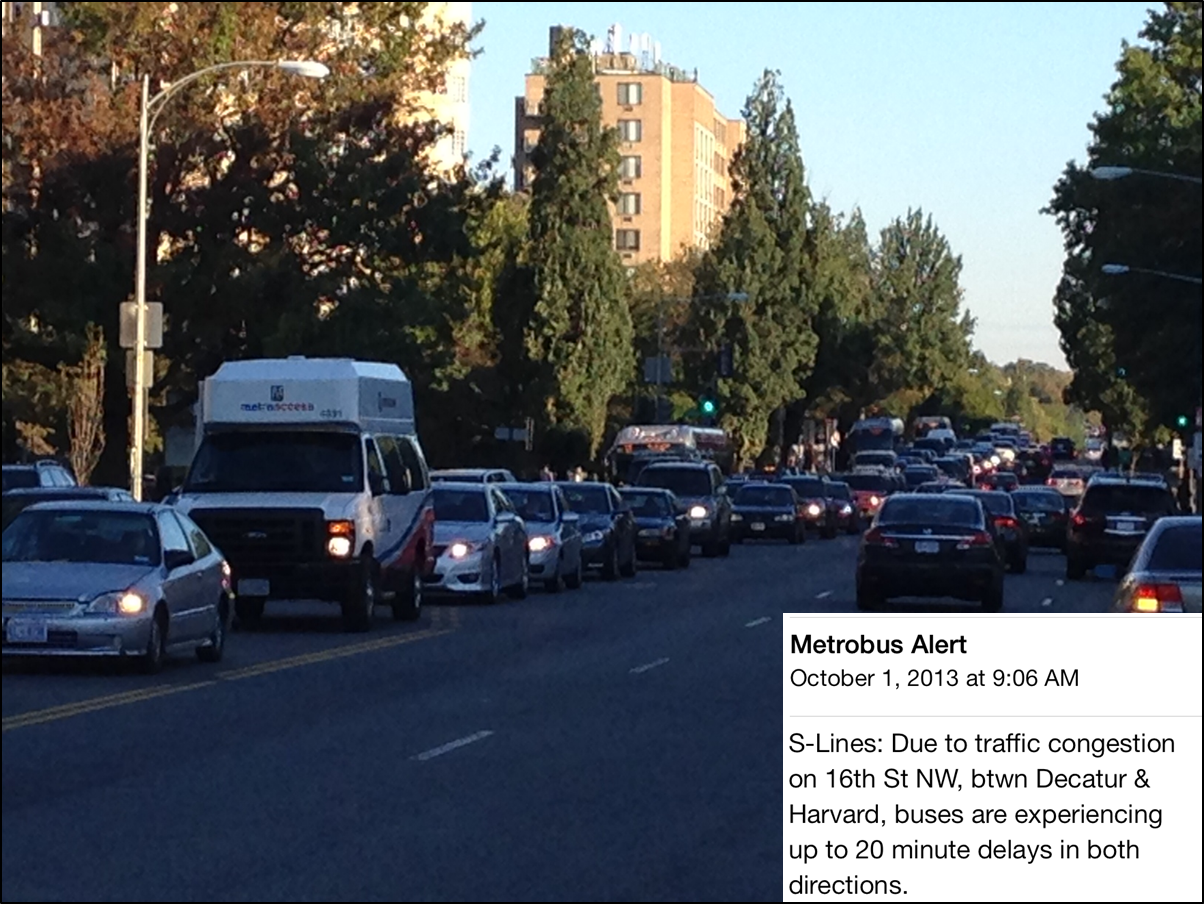


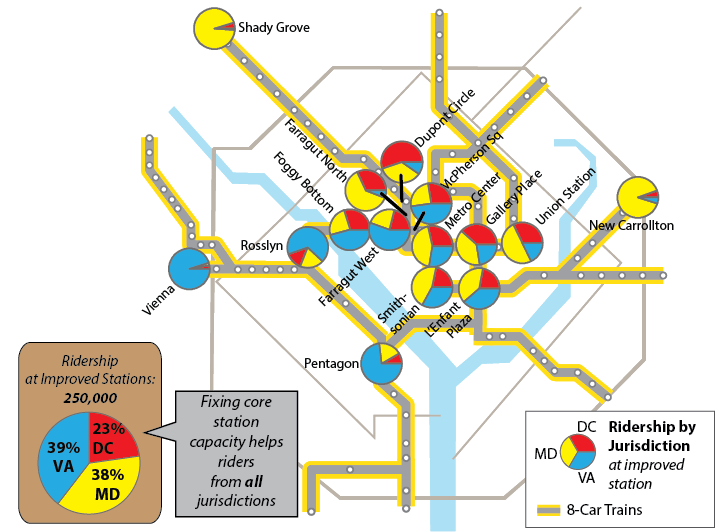
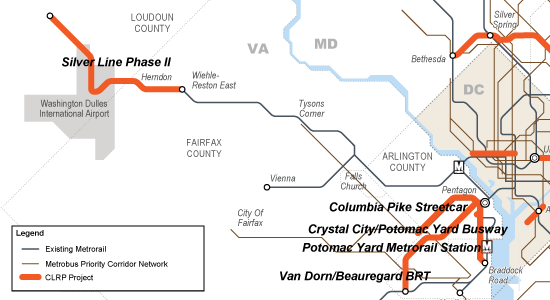
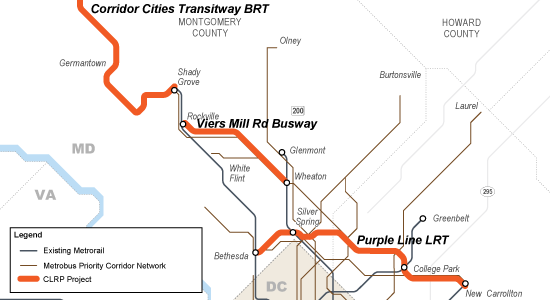
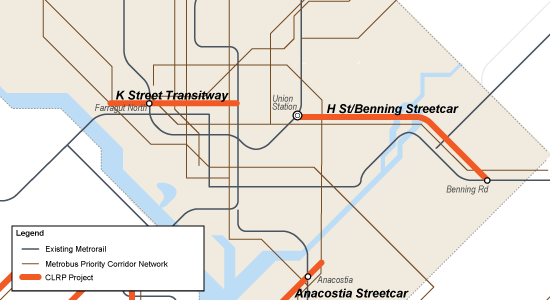
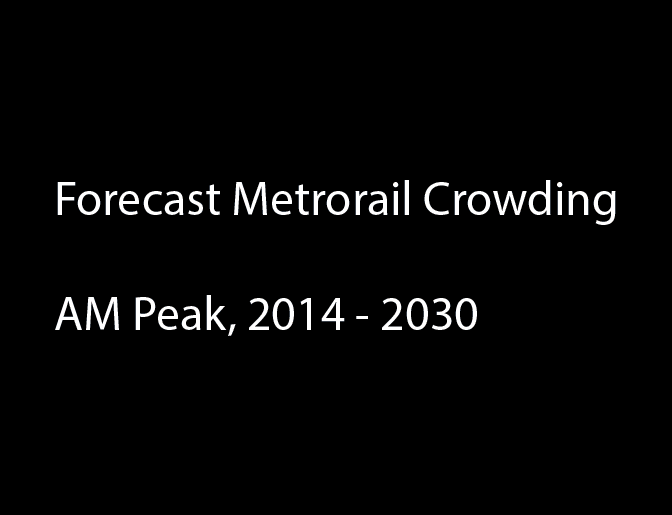
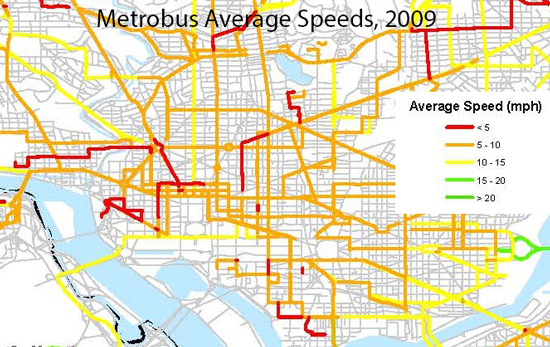
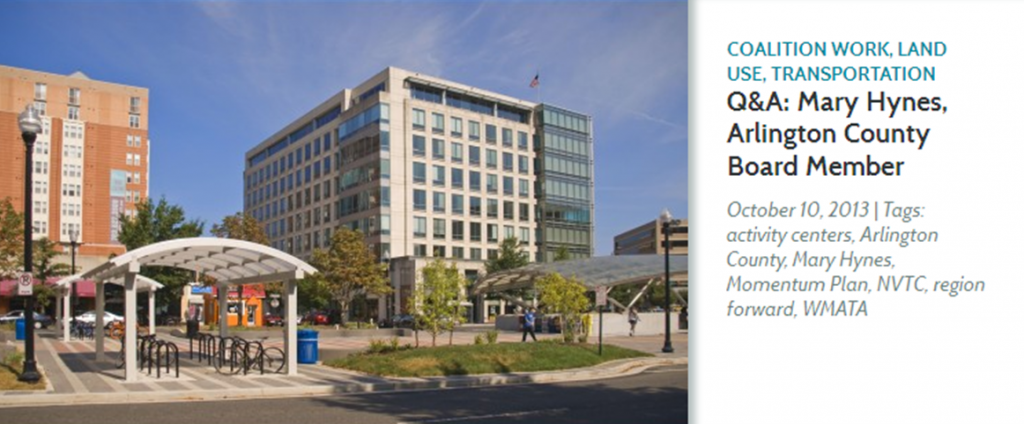

Recent Comments